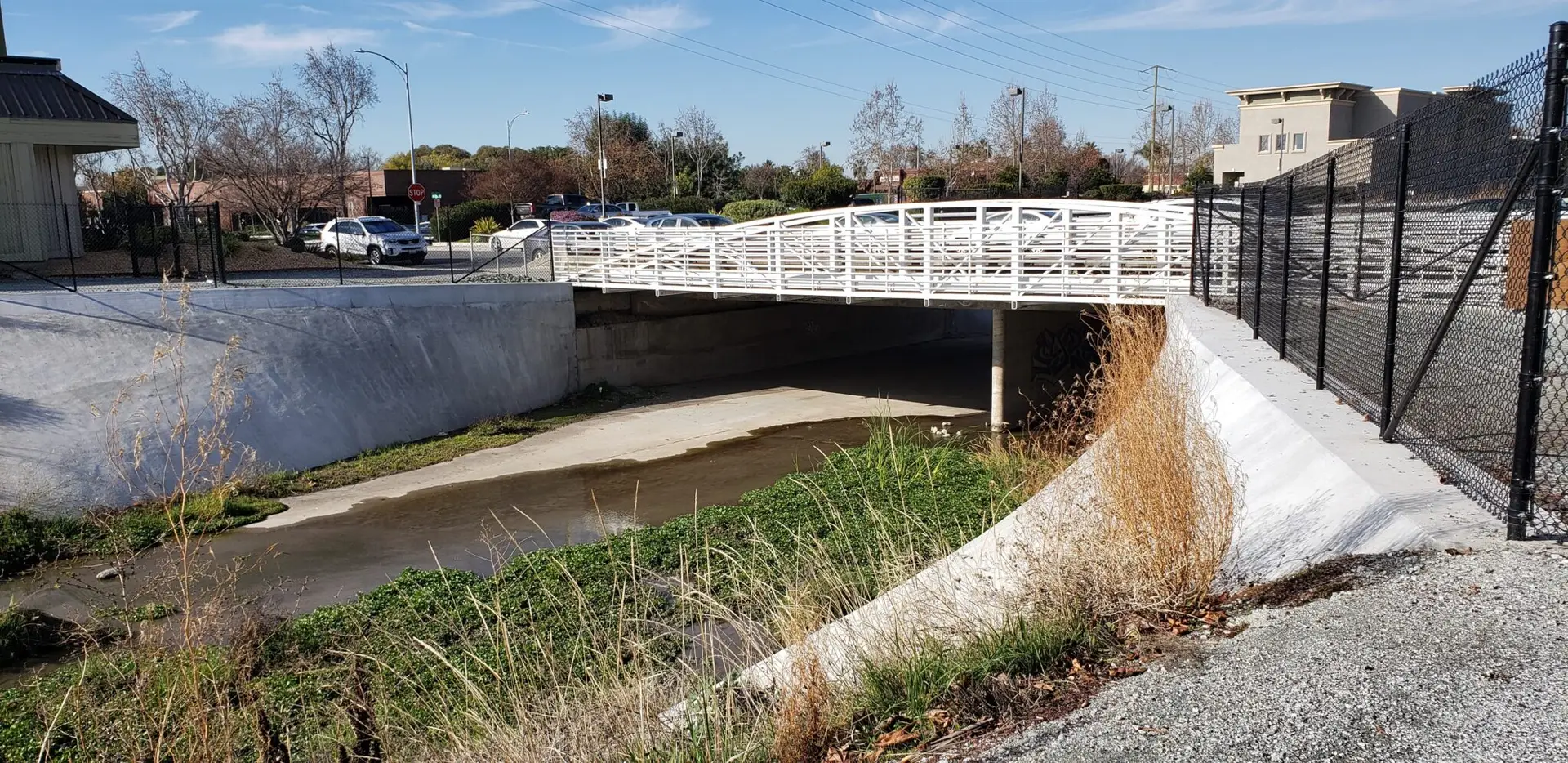mitigation: the act of reducing risk of loss or harm from any undesirable event.
In order for a local jurisdiction to be eligible for certain federal disaster assistance and hazard mitigation funding under the Robert T. Stafford Disaster Relief and Emergency Act (Public Law 93-288), hazard mitigation plans must meet the requirements in DMA 2000. The Federal Emergency Management Agency (FEMA) provides funding for eligible mitigation actions through three Hazard Mitigation Assistance (HMA) grant programs.
The Building Resilient Infrastructure and Communities (BRIC) program was created to support states, local communities, tribes and territories in the design and implementation of hazard mitigation projects that improve resilience to natural hazards and disasters. BRIC replaces the existing Pre-Disaster Mitigation (PDM) program.
The Flood Mitigation Assistance (FMA) program is a grant program that provides funds for projects which eliminate or reduce the risk of repetitive flood damage to buildings which are insured by the National Flood Insurance Program. These funds are available to states, local communities, federally recognized tribes, and territories.
Recipients are chosen based on the applicant’s ranking of the project and the eligibility and cost-effectiveness of the project. State, local, tribal, and territorial governments must develop and adopt hazard mitigation plans as a prerequisite for receiving certain types of non-emergency disaster assistance including FMA and BRIC assistance.
FMA funding is available through the National Flood Insurance Fund (NFIF) for flood hazard mitigation projects as well as plan development.
The purpose of the HMGP program is to help communities implement hazard mitigation measures following a Presidential major disaster declaration. Mitigation planning is a key process used to break the cycle of disaster damage, reconstruction, and repeated damage. The HMGP is authorized under Section 404 of the Robert T. Stafford Disaster Relief and Emergency Assistance Act.
The Public Assistance grant is authorized by the Stafford Act in Section 406 to make funding available for response and recovery efforts after the President has declared a disaster or emergency. Section 406 mitigation measures are funded under the Public Assistance, or Infrastructure, program (PA). The PA Program has a required focus on restoring damaged infrastructure to its pre-disaster function and capacity. Section 406 of the Stafford Act allows funding of mitigation measures that go beyond restoring a facility to its pre-disaster condition and is applied only to the damaged element of the facility.
A damaged school can be repaired with PA funds, and enhanced with an HMGP-funded Tornado Safe Room.
(Photo: Dave Gatley / FEMA)
A damaged culvert can be upsized with PA funds, and further enhanced with flood risk reduction measures funded under HMGP.
(Photo: Jan Ellen Spiegel/ CT Mirror)

Homes, bridges, and other infrastructure in flood-prone areas can undertake flood improvements with PA funds.
(Photo: Valley Water)

A damaged building can be repaired with PA funds, and enhanced with the improvement of a fire and wind resistant roofing.
(Photo: Elm Roofing)

Eligible activities for Hazard Mitigation Assistance (HMA) are grouped by FEMA according to their classification as:
An example comparison of specific eligible activities is detailed below. This information is for initial grant guidance purposes only and is based on the “Eligible Activities Cheat Sheet in FEMA’s FY15 Hazard Mitigation Assistance Guidance.
*Miscellaneous/Other indicated that any proposed action will be evaluated on its own merit against program requirements. Eligible projects will be approved provided funding is available.